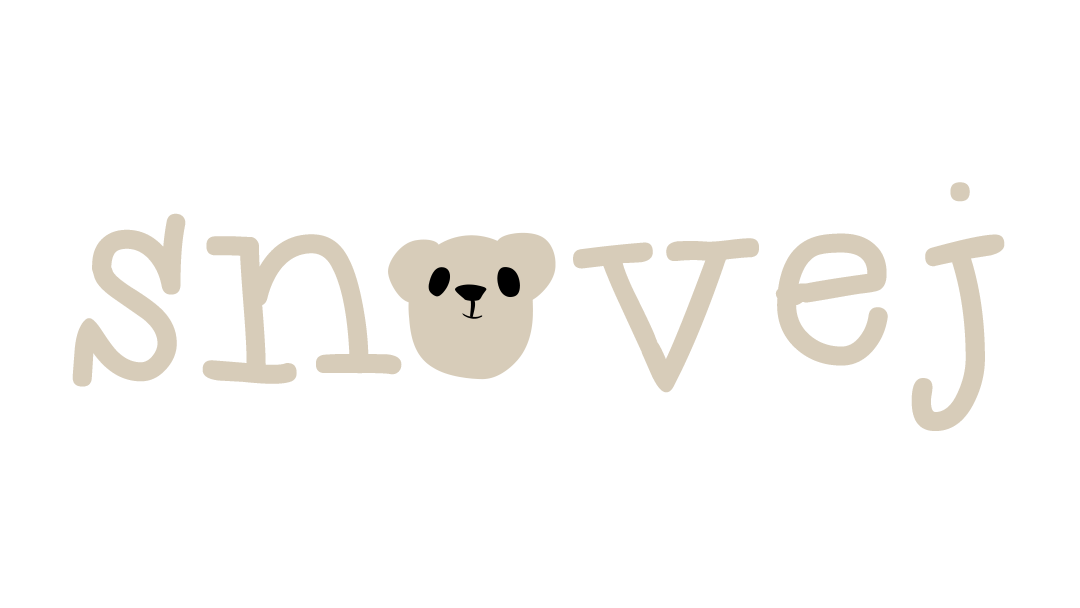This year I crocheted lots of snowflakes. They all turned out a little different, but this pattern is my favorite. I like the snowflake-like effect of the triple trefoils, as well as how easy and fast these are made. Only three rounds!
The word trefoil comes from the Latin “trifolium”, which means “three-leaved plant”. And that’s what the trefoil looks like. Three small leaves close to each other.
I used size 10 mercerized cotton thread by Read Heart, and a small hook, size 1.5 mm. The snowflake is about 3 1/4 inch (8.5 cm) wide.
- Magic circle, CH 3, DC, CH3, *2DC, CH3*, repeat *-* 4 times (6 dc clusters). Tighten ring.
- SL ST into ch3-space, CH3, 3 DC around space, *CH 1, 4 DC around next ch3-space*, repeat *-* 4 times (6 dc clusters)
- SL ST into middle of dc stitches (2 dc on each side), make a triple trefoil into same space (all stitches, except in the middle trefoil, go into this space): First trefoil: CH 3, SL ST, CH 5, SL ST, CH 3, SL ST. Middle trefoil: CH 2, DC, CH 3, SL ST in top of dc, CH 5, SL ST in top of dc, CH 3, SL ST in top of dc, CH 2, SL ST between dc stitches as before. Third trefoil: same as the first. SL ST into middle of next dc cluster. Repeat this all around (6 triple trefoils). SL ST to last st before first triple trefoil. Cut yarn and fasten off.
The snowflakes need to be stiffened in order to show their shape when hung up. For a stiffener I used white glue mixed with water, and I blocked them over a plastic covered template.
First prepare the blocking boards. You want guidelines to help you stretch the snowflake evenly in all six directions. This snowflake has pretty sturdy points and can be blocked without the guidelines (if you’re good at eyeballing!).
To draw the guidelines:
The template is made of a cross with six evenly distributed points. This is a bit tricky to draw!
A) With a compass you can draw a circle and divide it in six equal parts, here’s a tutorial for dividing a circle. Scroll down to the six-pointed star. Instead of drawing a star, draw a line from a mark on one side to the center to the mark on the other side. Repeat twice.
B) If you have a protractor, you can use that one. First draw a line, then with the protractor find the 60 degrees angle and mark it, then mark the 120 degrees angle. Turn the paper and repeat on the other side of the line. Connect the opposite marks with lines.
C) Just estimate the distance between the lines. At the time I made these, I only had a ruler and had to eyeball it!
When you have the guidelines drawn, make five marks on each spoke about 3/8″ (1 cm) apart. (With a compass you can draw rings around instead). Now you can repeat all this for making more templates, or you can trace it onto another paper. You should get up to four templates to fit a letter size (A4) paper. Before you trace it, redraw it with a black marker. Then place a new paper over it, positioning it to one corner of the paper so that you can fit more templates next to it. Hold the papers agains a window to get the daylight to shine through and show the lines. I drew two templates per paper.
D) You can also skip all this and print a template for the guidelines here! Phew!
Place the paper with the guidelines over a piece of cardboard. Cover it all with some cling wrap. Place it over another piece of cardboard, foam board, or similar, because the pins will poke through the first cardboard.
Mix about equal amounts of white glue and water. Submerge the snowflake, let it soak a bit, then squeeze out the excess. Crochet Geek has a short video of this.
Place a pin in the center of the snowflake and pin it in the center of the template. Place another pin in one of the points and stretch it as far as you can along one of the guidelines. Next pin the opposite point of the snowflake and stretch it as far on the guideline as the first one. Repeat with the other four points.
Make sure your pins won’t rust. If you’re not sure, test a few by stiffening and pinning a small piece of scrap fabric. The pins clean up well afterwards. As you remove them from the snowflake, just pull them between your fingers and any glue residue should come off.
Leave it to dry for several hours, or overnight. Remove the pins and carefully peel the snowflake off the cling wrap. Lay it upside down to dry for a while longer.
One last word of caution! Before you dip it in glue, inspect your snowflake for any little colored fibers or lint that might have gotten stuck to the snowflake. They will stand out against the white snowflake, and can’t be removed once they’re glued on!
Attach a hanger and you’re done!
Let it snow, let it snow, let it snow …
~ Marina






Leave a Reply